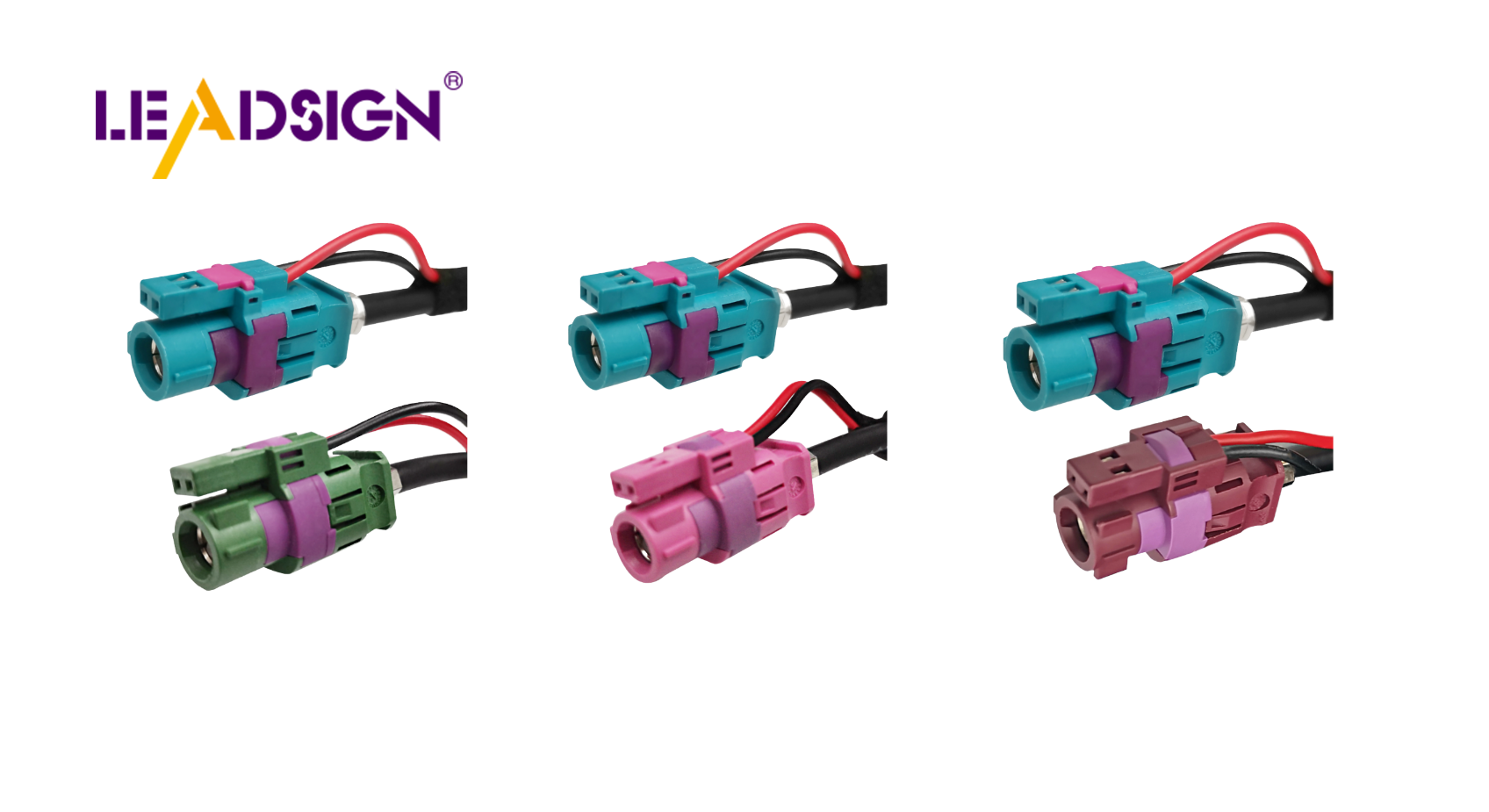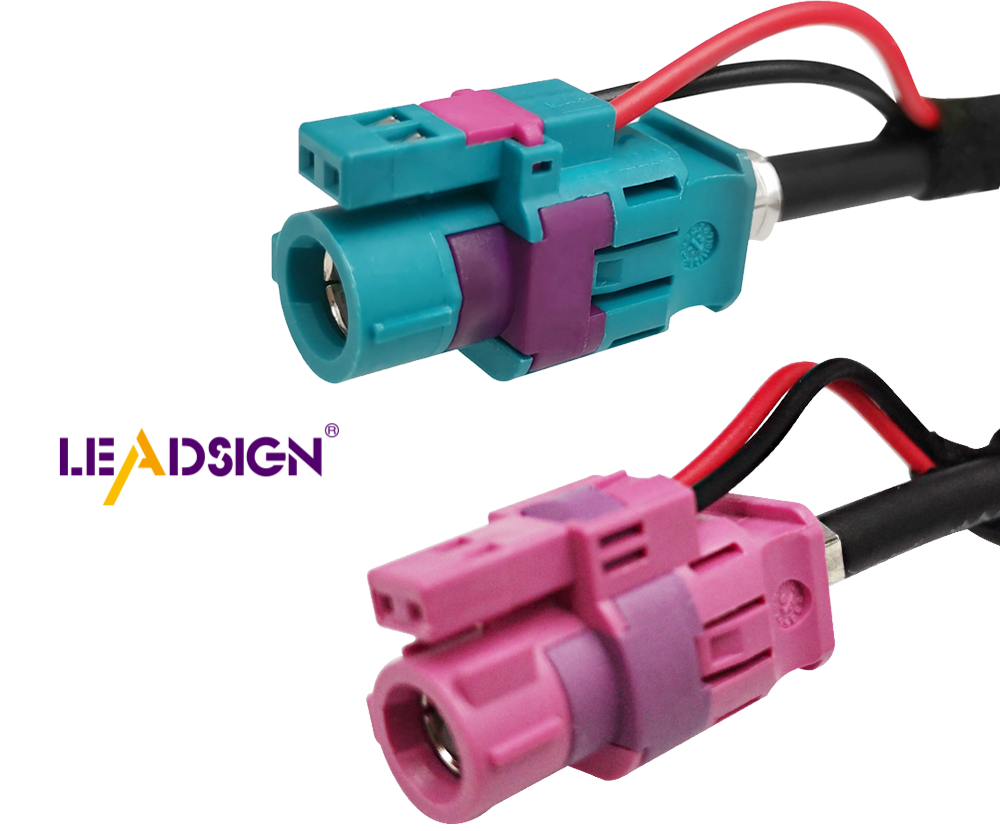Vehicle Cable Testing: A Key to Safe Driving

Testing vehicle cables is very important for safe driving. Bad cables can cause big problems. These include electrical failures and mechanical issues. Such problems might lead to accidents or deaths. For example, studies say 80 percent of car crashes and 50 percent of bad injuries in cable barrier crashes can be stopped with good designs and care. Testing helps find cable problems early. Regular checks make sure cables are safe. This gives drivers peace of mind and makes roads safer.
Key Takeaways
Regular testing of vehicle cables is crucial for preventing electrical failures and mechanical issues, which can lead to accidents.
Conducting electrical safety tests ensures that cables function properly, reducing the risk of power loss and short circuits.
Mechanical tests help identify weaknesses in cables, preventing potential steering or engine problems before they escalate.
Adhering to safety regulations from organizations like NHTSA and SAE builds trust with consumers and enhances vehicle safety.
Utilizing modern testing tools, such as automated systems and advanced diagnostic software, improves the accuracy and efficiency of cable testing.
Environmental tests ensure that cables can withstand various weather conditions, prolonging their lifespan and reliability.
Certification of cables after passing rigorous tests assures consumers of their safety and quality, fostering confidence in the vehicle's performance.
Why Testing Car Cables Matters
Keeping Cars Safe and Reliable
Testing car cables is very important. It helps find problems before they get bad. This stops electrical issues that can make cars unsafe. Regular tests catch faults early. This lowers the chance of accidents from electrical problems.
Stopping Electrical Problems
Electrical problems in cars can be dangerous. Bad cables might cause power loss or short circuits. This affects brakes and lights. Regular tests make sure cables work well. This keeps the car's electrical parts safe. It protects the car and people inside.
Avoiding Mechanical Issues
Mechanical problems can happen if cables are ignored. Old or broken cables can cause steering or engine issues. Tests find these problems early. Fixing them in time stops breakdowns. This makes driving safer.
Following Safety Rules
Car makers must follow safety rules. These rules make sure cars are safe and good quality. Cable tests check if cables meet these rules. This makes sure cars are safe for people to use.
Meeting Safety Rules
Safety groups set rules for cars. Car makers must test to meet these rules. Doing this shows they care about making safe cars. This keeps people safe and helps the maker's good name.
Building Trust with Buyers
People trust makers who care about safety. By testing cables well, makers show their cars are safe. This makes people trust them more. It helps people choose cars from makers who care about safety.
Types of Car Cable Tests
Testing is key to keeping car cables safe and reliable. Different tests find problems before they get serious. Let's look at the tests done on car wires to make sure they work well.
Electrical Safety Tests
Electrical safety tests are important for car wires. They check if wires connect right and safely.
Conductivity and Insulation Tests
These tests check if cables carry electricity well and stop leaks. They make sure cables keep their insulating power to avoid electrical problems.
Voltage and Current Tests
These tests see how cables handle electricity. They make sure car wires can take the power needs of new cars safely.
Mechanical Tests
Mechanical tests look at how strong cables are. They make sure cables can handle daily use.
Strength and Flexibility
These tests check if cables can bend and stretch without breaking. This is important for keeping good connections in car parts.
Vibration and Shock Tests
These tests mimic real driving conditions. They make sure cables stay whole and work even with bumps and shakes.
Environmental Tests
Environmental tests see how cables do in different weather. They make sure cables last long and work well.
Temperature and Humidity Tests
These tests check how cables work in hot and cold. They make sure car wires work in all weather.
Corrosion and Chemical Tests
These tests see if cables resist rust and chemicals. They make sure cables don't break down from moisture or chemicals.
By doing these tests, makers ensure car wires are safe and reliable. These tests help cars work better and keep drivers calm.
Equipment and Technology Used in Vehicle Cable Testing

Testing car cables uses special tools and technology. This makes sure cables are safe and work well. Let's look at the tools that help in testing.
Modern Testing Tools
New tools have changed how we test car cables. They make testing faster and better.
Automated Testing Systems
Automated systems make testing easier. They cut down mistakes and do many tests at once. CableEye testers are one example. They check different cables and find problems quickly. They show where the problem is. This helps fix issues fast and keep safety high.
Advanced Diagnostic Software
Smart software helps by giving detailed test results. It uses colors to show problems, making them easy to spot. This software finds issues early, stopping failures. It helps make sure cables are safe and meet rules.
Innovations in Testing Technology
New ideas in testing make cable checks more accurate and quick.
Real-time Monitoring Solutions
Real-time tools watch cables all the time. They see changes in electricity right away. Alerts come fast if something is wrong. This keeps cables safe and working well.
Predictive Maintenance Tools
These tools use data to guess problems before they happen. They look at old test data to see when a cable might break. This helps fix cables before they fail. It keeps cables strong and safe.
Using these tools makes sure car cables are safe and meet standards. With smart technology, makers keep cars safe for everyone.
Rules for Car Wiring Safety
Knowing the rules for car wires is key for safety. These rules help make sure wires work well and are safe.
Important Groups
Some groups make the rules for car wires. Two big ones are:
National Highway Traffic Safety Administration (NHTSA)
NHTSA makes safety rules for cars in the U.S. They check that all car parts, like wires, are safe. Their rules help stop crashes and keep people safe.
Society of Automotive Engineers (SAE)
SAE makes technical rules for cars. Their rules cover many car parts, like wires. By following SAE rules, makers ensure their wires fit well with other car parts.
Following the Rules
Car makers must follow rules to make safe cars. This shows their wires are good and safe.
Why Certification Matters
Certification shows a product meets rules. It tells buyers the wires passed tough tests. This builds trust in the product's safety.
Steps to Follow Rules
Learn the Rules: Makers need to know the rules from groups like NHTSA and SAE.
Test Often: Regular tests of car wires are important. This includes checking how wires handle electricity, movement, and weather.
Keep Records: Write down all test results. This helps show they follow rules during checks.
Get Certified: Once wires meet rules, makers can get certified. This means sending papers and maybe more tests.
By doing these steps, makers ensure car wires are safe. This keeps people safe and makes the maker look good.
Testing car cables is very important for safe driving. Experts test cables to find problems early. This stops unsafe situations. They check how cables work and follow fire safety rules. This keeps car systems strong. Regular tests make car parts reliable. It also makes people trust the cars more. So, testing helps keep roads safe and stops accidents.
FAQ
Why do we test car cables?
Testing car cables is very important. It finds problems early. This stops big issues later. Testing helps fix things before they break. This keeps cars safe and working well.
What tests are done on low voltage cables?
Low voltage cables need special tests. One test checks if the cable cover is strong. Another test makes sure electricity flows right. These tests find problems early. This helps keep cables safe and working.
Why is it important to test car cables for strength?
Testing car cables for strength is key. These cables help with brakes and gears. If they break, it can be dangerous. Testing makes sure they stay strong and safe.
How do we test car cables for strength?
We test car cables in many ways. We bend and stretch them. We also test them in hot and cold. This shows if they can handle tough use. Strong cables keep cars safe.
How does testing make car cables stronger?
Testing finds weak spots in cables. Fixing these makes cables stronger. Strong cables work better and last longer.
How often should car cables be tested?
Car cables need regular tests. How often depends on where and how they are used. Regular tests keep cables working well.
Why is cable strength important?
Strong cables are important for cars. They handle daily use without breaking. Testing keeps them strong and safe.
How do weather and chemicals affect cables?
Weather and chemicals can hurt cables. Testing in different conditions helps. It makes sure cables stay strong and safe.
What new ways do we have to test cables?
New tools help test cables better. They find problems fast. This stops cables from breaking. New tests keep cables strong.
How does testing keep car cables safe?
Testing checks if cables meet safety rules. It finds problems early. This stops cables from failing. Safe cables keep cars safe.
See Also
Why LVDS/GVIF Cables Matter for Vehicle Data Systems
Enhancing Automotive Data Flow With Advanced Connectors
Significance of FAKRA Coaxial Cables in Cars

